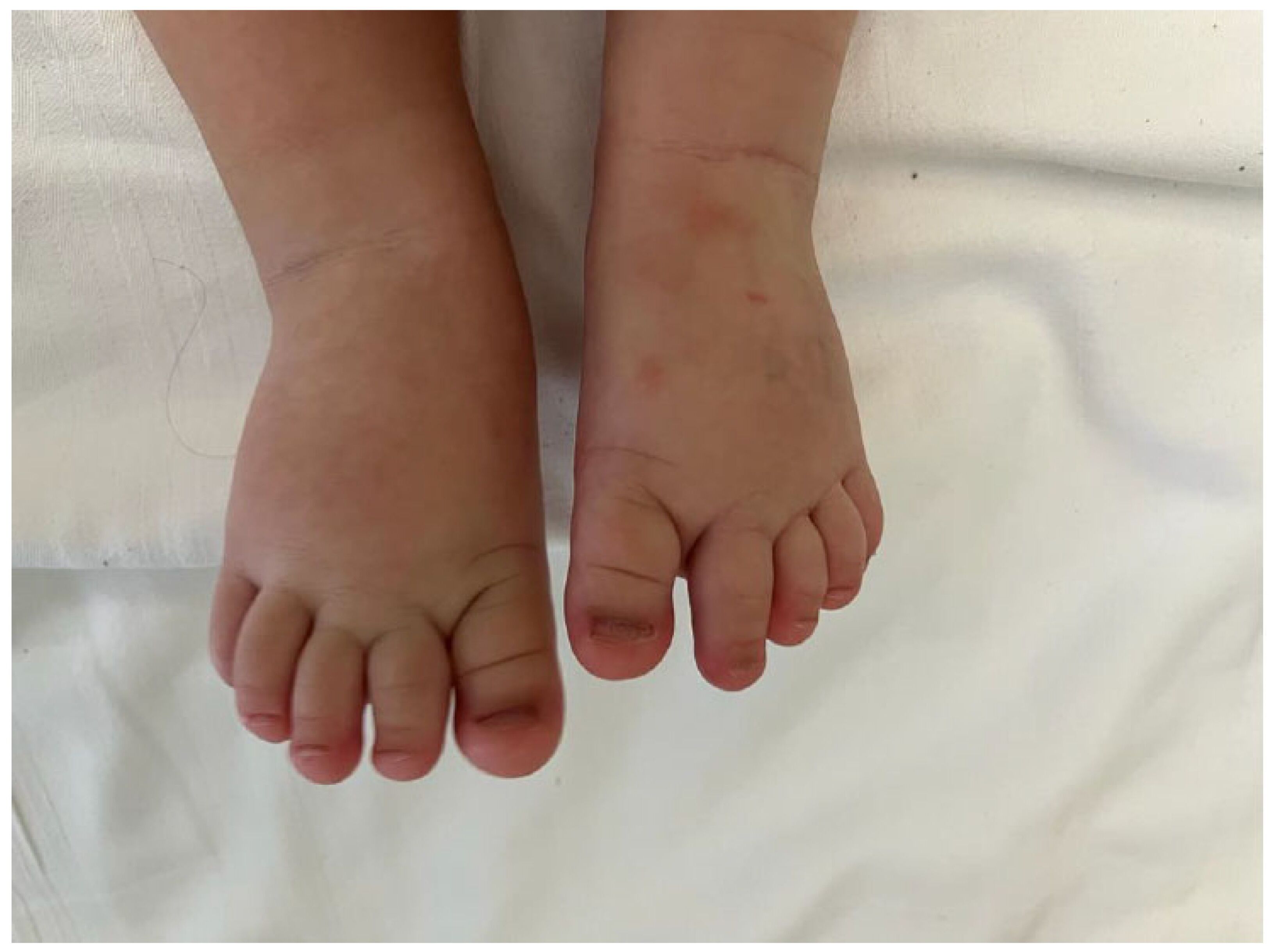
What is chronic bronchitis? Chronic bronchitis is a long-term inflammation of the bronchial tubes, which carry air to and from the lungs. This condition leads to a persistent cough that produces mucus, often called a "smoker's cough." The primary cause is exposure to cigarette smoke, but other irritants like smog and industrial pollutants can also contribute. Symptoms include a persistent cough, wheezing, chest discomfort, and shortness of breath. Chronic bronchitis is a type of chronic obstructive pulmonary disease (COPD) and can lead to severe breathing problems over time. Understanding its causes, symptoms, and treatments is crucial for managing this condition effectively.
Key Takeaways:
- Chronic bronchitis is a long-term inflammation of the airways in the lungs, often caused by smoking and exposure to pollutants. It can lead to a persistent cough, mucus production, and serious health impacts.
- Managing chronic bronchitis involves lifestyle changes, medications, and therapies to control symptoms and improve quality of life. Preventing exacerbations and seeking advanced treatments when necessary are crucial for those living with this condition.
What is Chronic Bronchitis?
Chronic bronchitis is a long-term inflammation of the bronchi, the airways in the lungs. It leads to a persistent cough and mucus production. Let's dive into some key facts about this condition.
- Chronic bronchitis is defined as a chronic productive cough lasting more than 3 months and occurring within a span of 2 years.
- The primary cause of chronic bronchitis is exposure to cigarette smoke, either through active smoking or passive inhalation.
- Other inhaled irritants such as smog, industrial pollutants, and toxic chemicals can also contribute to the development of chronic bronchitis.
- Chronic bronchitis involves the overproduction and hypersecretion of mucus by goblet cells, leading to luminal obstruction of small airways.
- The most common symptoms include a persistent cough, often producing mucus, wheezing, chest discomfort, and shortness of breath.
Symptoms and Characteristics
Understanding the symptoms and characteristics of chronic bronchitis can help in early detection and management.
- The cough in chronic bronchitis is typically present for most days in a month and lasts for at least 3 months.
- Chronic bronchitis is characterized by airflow obstruction due to excessive tracheobronchial mucus production.
- Risk factors include smoking, exposure to environmental pollutants, and repeated infections.
- People with associated respiratory diseases such as asthma, cystic fibrosis, or bronchiectasis have a higher predisposition to develop chronic bronchitis.
- The prevalence of chronic bronchitis varies between 3% to 7% in the general population.
Health Impacts and Risks
Chronic bronchitis can have serious health impacts and increase the risk of other conditions.
- The overall 10-year mortality rate following the diagnosis of chronic bronchitis is approximately 50%.
- The leading bacterial pathogens isolated from the lower bronchi of patients with chronic bronchitis include Streptococcus pneumoniae, Haemophilus influenzae, and Moraxella catarrhalis.
- Nonbacterial pathogens such as viruses, Chlamydia, and Mycoplasma species are also isolated in patients with chronic bronchitis.
- Low-intensity colonization of the lower respiratory tract by infectious agents can set up an inflammatory reaction that triggers subsequent acute exacerbations.
- Smoking cessation is the single most effective way to reduce the risk of future morbidity from chronic bronchitis.
Clinical Consequences
Chronic bronchitis can lead to several clinical consequences that affect overall health.
- Chronic bronchitis has numerous clinical consequences, including an accelerated decline in lung function.
- Goblet cell hyperplasia is a key pathophysiological feature of chronic bronchitis, leading to increased mucus production.
- Occupational exposure to environmental pollutants such as dust or airborne chemicals like ammonia and sulfur dioxide increases the risk.
- Chronic gastroesophageal reflux is a well-documented but less frequent cause of chronic bronchitis.
- Rarely, a genetic condition called alpha-1 antitrypsin deficiency can play a role in causing chronic bronchitis.
Diagnosis and Testing
Diagnosing chronic bronchitis involves various tests and evaluations to confirm the condition.
- Symptoms can persist for many years before shortness of breath becomes a significant issue.
- Chronic bronchitis can cause disability and frequent severe infections that affect the airways.
- The inflammation of the bronchial tubes causes mucus to build up, making it harder for the lungs to move oxygen in and carbon dioxide out.
- The irritation of the bronchial tubes leads to excessive mucus production.
- People with chronic bronchitis may experience wheezing and crackling sounds with breathing.
Treatment and Management
Managing chronic bronchitis involves a combination of lifestyle changes, medications, and therapies.
- Shortness of breath is a common symptom, especially as the condition progresses.
- Chest discomfort is often described as a tightness or heaviness in the chest area.
- In severe cases, chronic bronchitis can lead to lower oxygen levels in the blood, causing bluish discoloration of the fingernails, lips, and skin.
- Swollen feet can occur due to fluid retention, which is a common issue in people with chronic bronchitis.
- Chronic bronchitis can increase the risk of heart failure due to the strain on the heart from chronic inflammation and mucus buildup.
Preventing Exacerbations
Preventing exacerbations is crucial for maintaining quality of life in chronic bronchitis patients.
- Diagnosing chronic bronchitis involves a combination of clinical evaluation, medical history, and diagnostic tests.
- Blood tests may be used to check vitamin D levels, hemoglobin, and hematocrit levels.
- Breathing tests such as spirometry measure lung function and help diagnose airflow obstruction.
- Imaging studies like chest X-rays or CT scans help visualize the lungs and identify any structural changes.
- Screening for alpha-1 antitrypsin deficiency is important, especially in people with a family history of the condition.
Lifestyle and Support
Lifestyle changes and support systems play a significant role in managing chronic bronchitis.
- The primary goal of treatment is to control symptoms and improve quality of life.
- Smoking cessation programs are crucial for managing chronic bronchitis.
- Medications such as bronchodilators, corticosteroids, and mucolytics can help manage symptoms.
- Lifestyle changes such as avoiding irritants, staying away from pollution, and maintaining a healthy diet can help manage chronic bronchitis.
- Acute exacerbations of chronic bronchitis are episodes where symptoms worsen due to infections or other triggers.
Additional Considerations
There are several additional considerations for those living with chronic bronchitis.
- Respiratory infections such as pneumonia or bronchitis can trigger acute exacerbations.
- Seasonal changes in weather can also trigger acute exacerbations.
- Adherence to medication is crucial in managing chronic bronchitis.
- Pulmonary rehabilitation programs are beneficial for people with chronic bronchitis.
- Oxygen therapy may be necessary for people with severe chronic bronchitis who experience significant shortness of breath.
Advanced Treatments
In severe cases, advanced treatments may be necessary to manage chronic bronchitis.
- In severe cases, lung transplantation may be considered for individuals with end-stage chronic bronchitis.
- Genetic counseling is important for individuals with a family history of alpha-1 antitrypsin deficiency.
- Controlling environmental factors such as air pollution and exposure to irritants is crucial in managing chronic bronchitis.
- Nutritional support is essential for individuals with chronic bronchitis.
- Stress management techniques such as meditation, yoga, or cognitive-behavioral therapy can help individuals cope with the emotional and psychological aspects of chronic bronchitis.
Final Thoughts on Chronic Bronchitis
Chronic bronchitis is a serious condition affecting millions worldwide. It’s marked by a persistent cough, mucus production, and breathing difficulties. Smoking is the leading cause, but environmental pollutants and genetic factors also play roles. Symptoms like wheezing, chest discomfort, and shortness of breath can worsen over time, leading to significant health issues. Diagnosis involves blood tests, breathing tests, and imaging studies. Treatment focuses on symptom management, smoking cessation, and lifestyle changes. Medications, pulmonary rehabilitation, and sometimes oxygen therapy are essential. Preventing exacerbations through vaccinations and avoiding irritants is crucial. Understanding and managing chronic bronchitis can greatly improve quality of life. Public awareness and education are key to reducing its impact. Stay informed, take preventive measures, and seek medical advice if you experience symptoms. Chronic bronchitis is manageable with the right approach and support.
Frequently Asked Questions
Was this page helpful?
Our commitment to delivering trustworthy and engaging content is at the heart of what we do. Each fact on our site is contributed by real users like you, bringing a wealth of diverse insights and information. To ensure the highest standards of accuracy and reliability, our dedicated editors meticulously review each submission. This process guarantees that the facts we share are not only fascinating but also credible. Trust in our commitment to quality and authenticity as you explore and learn with us.


